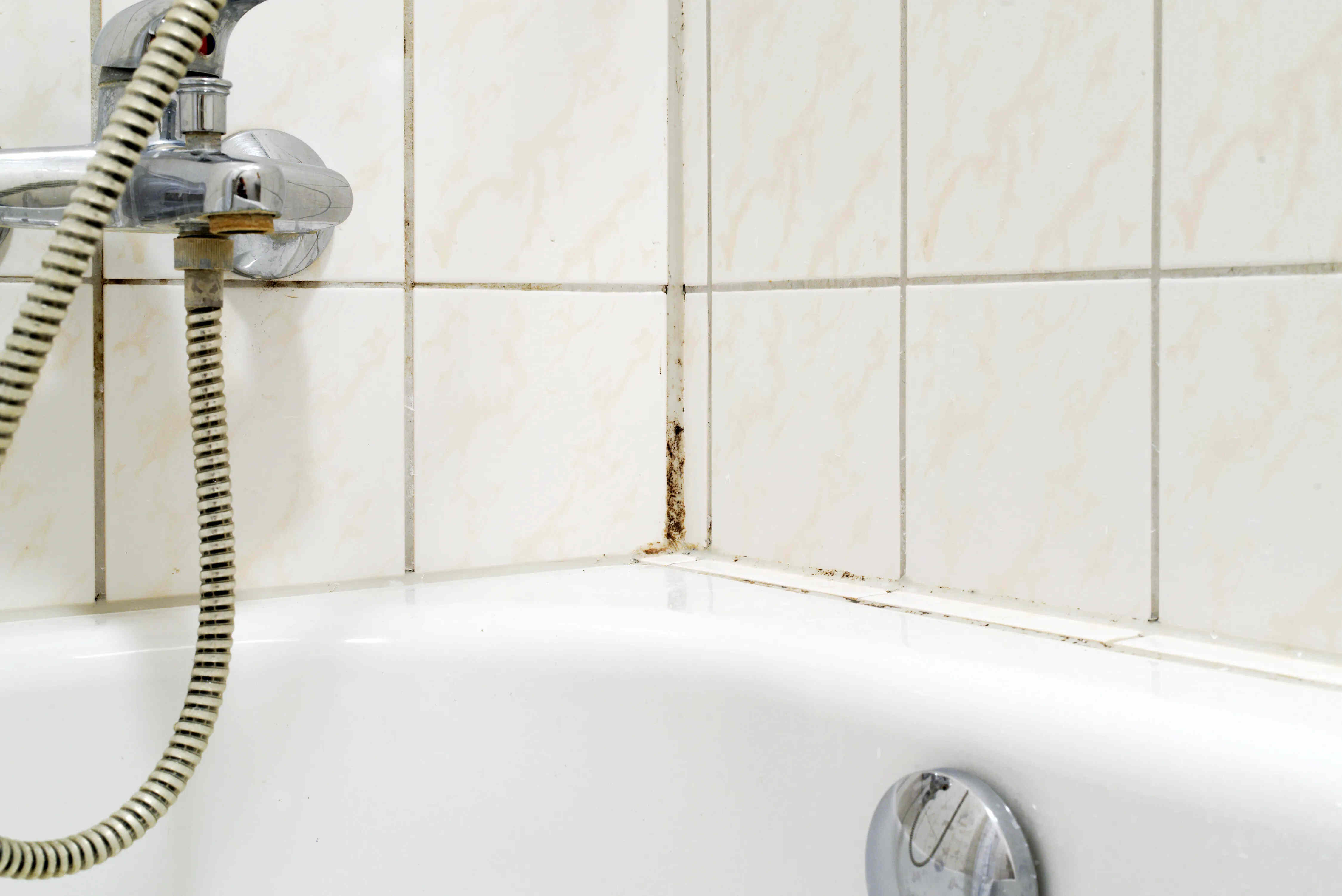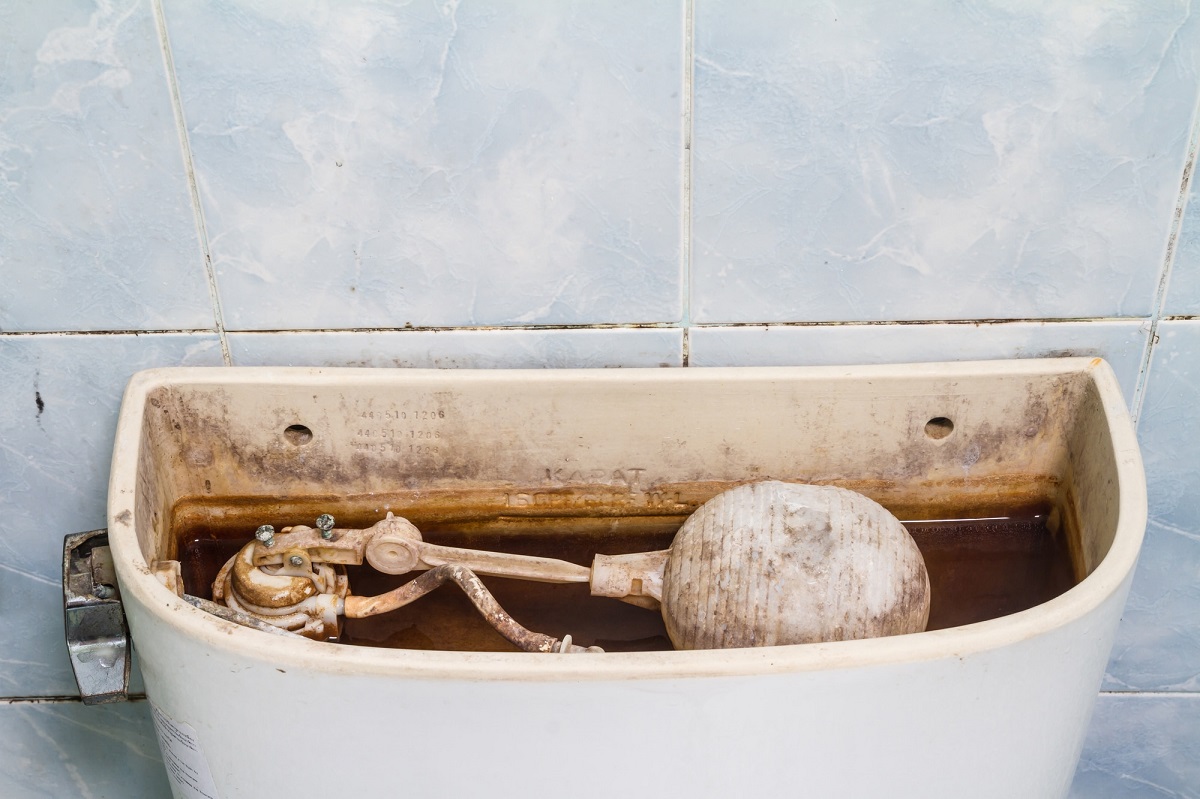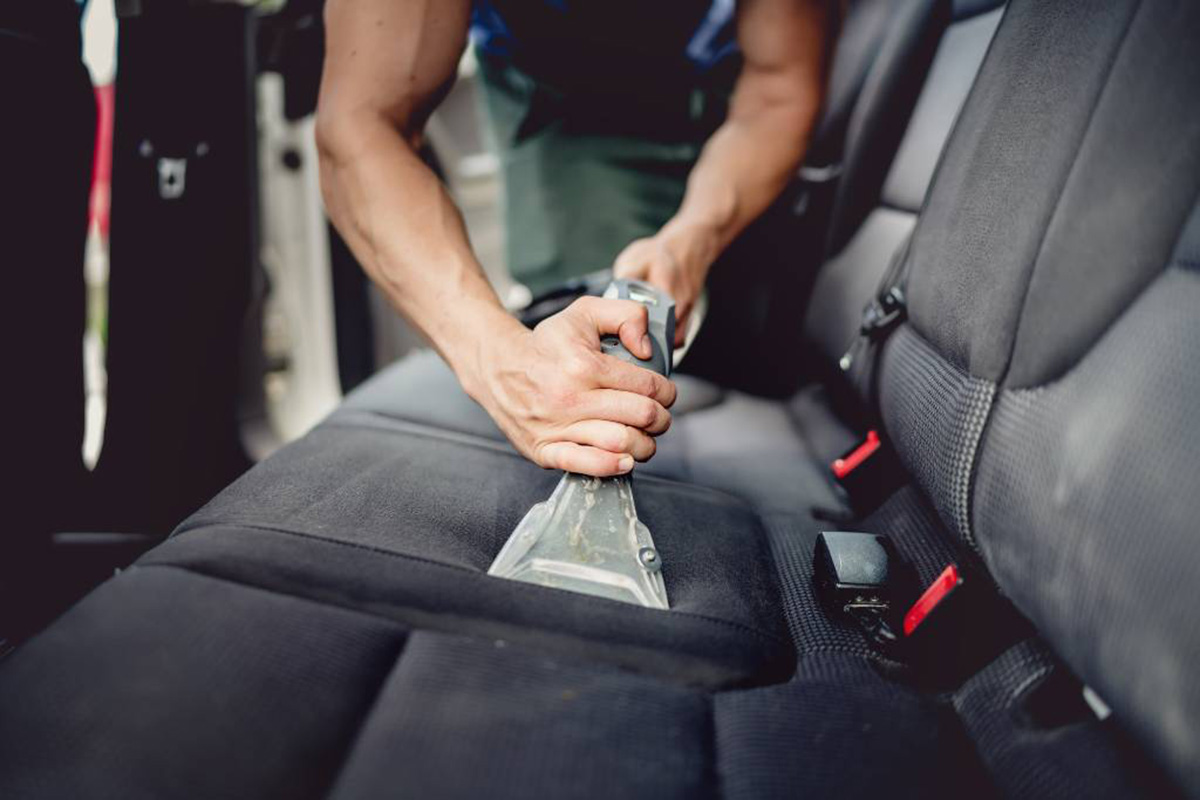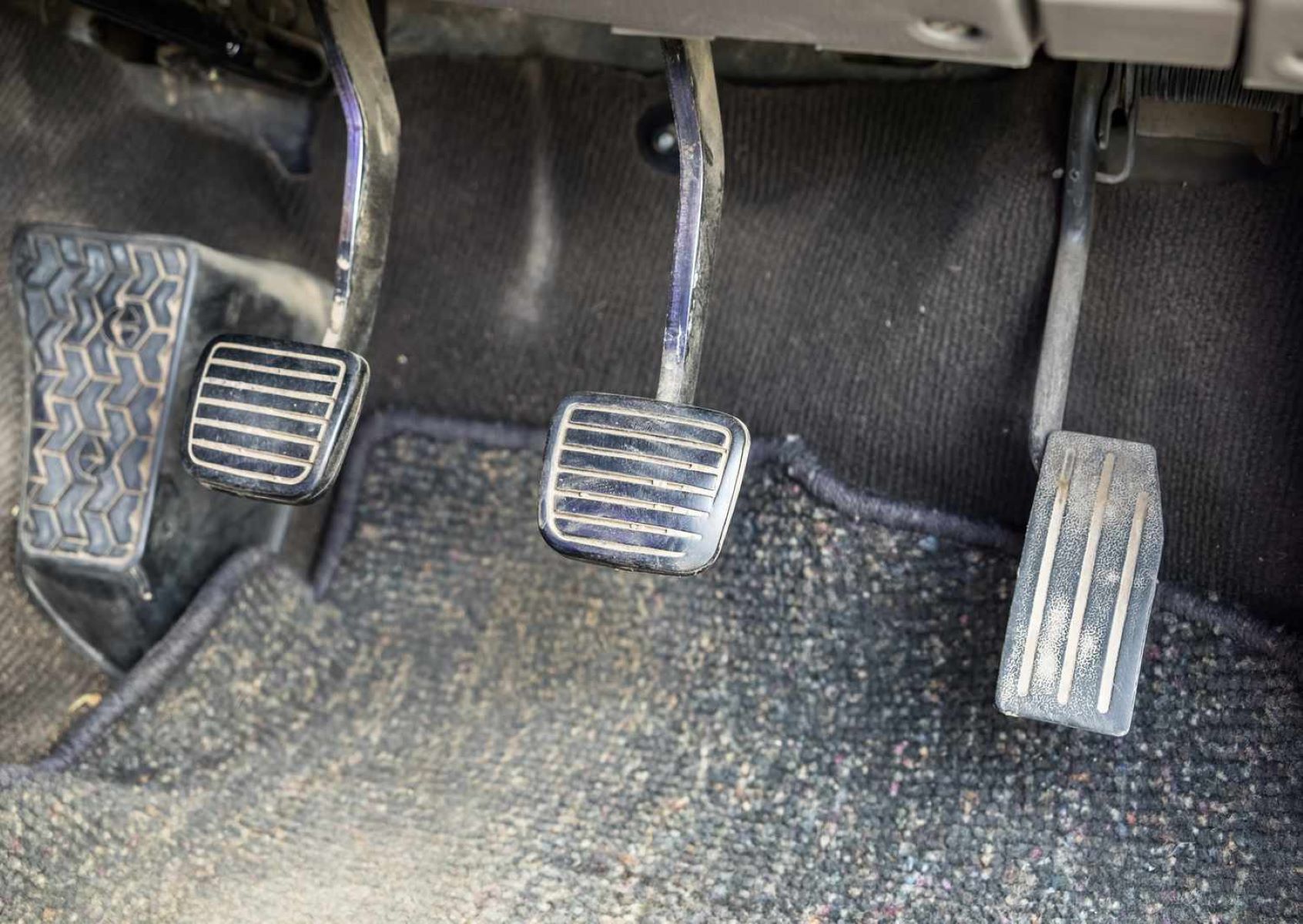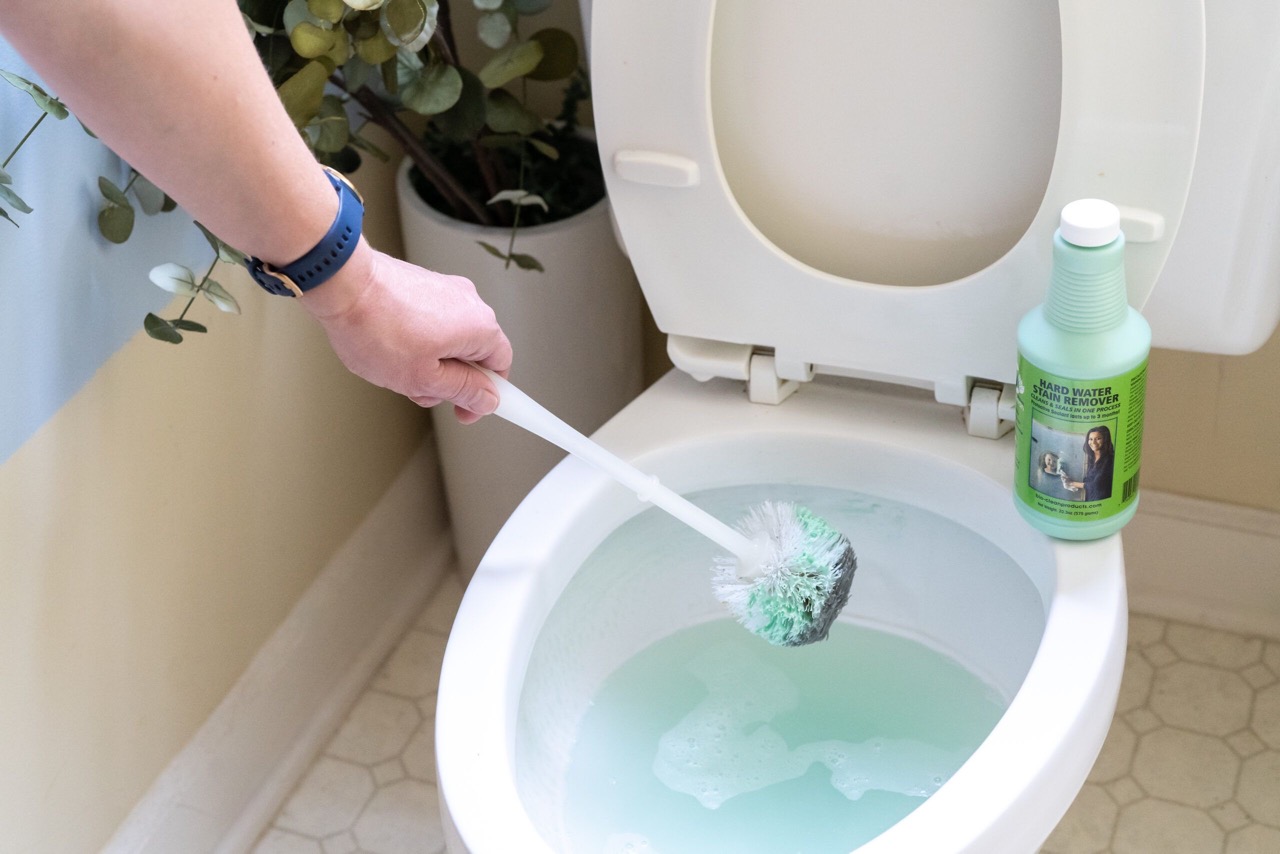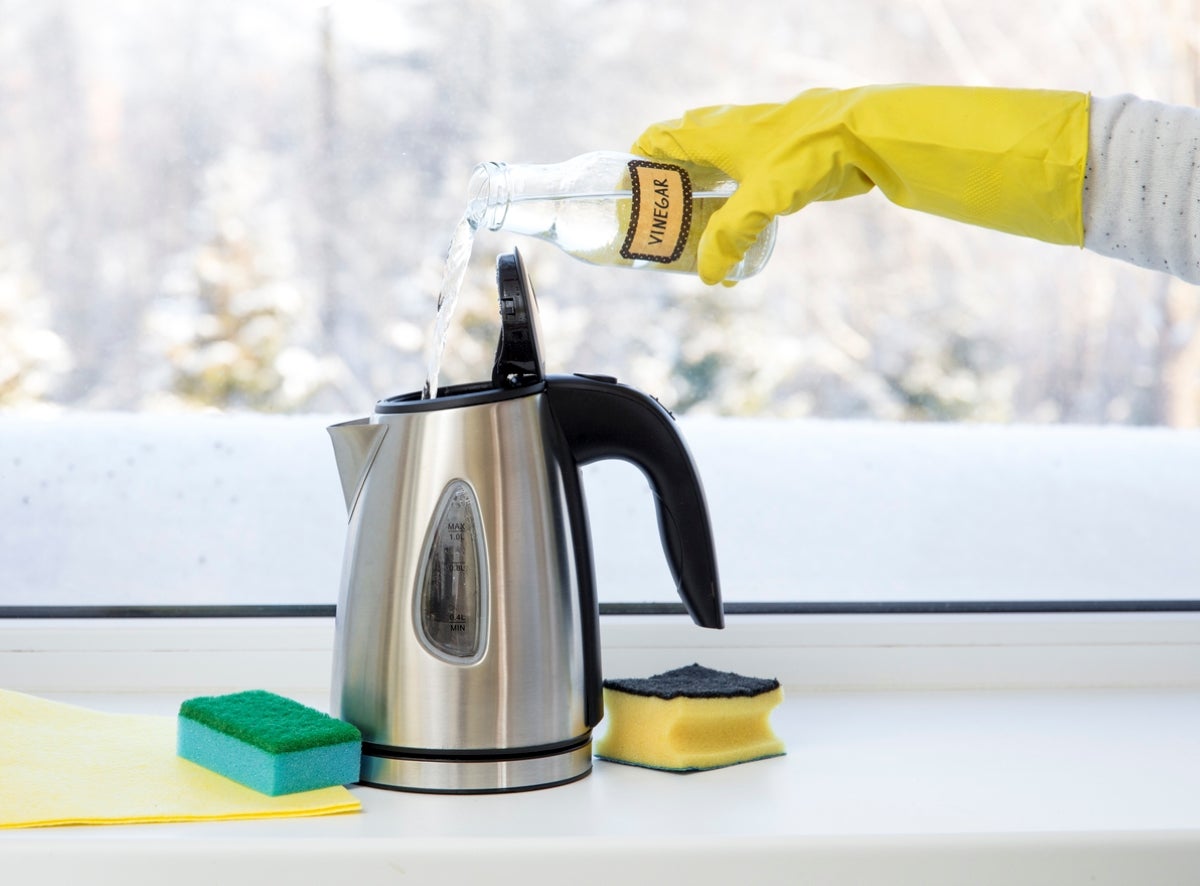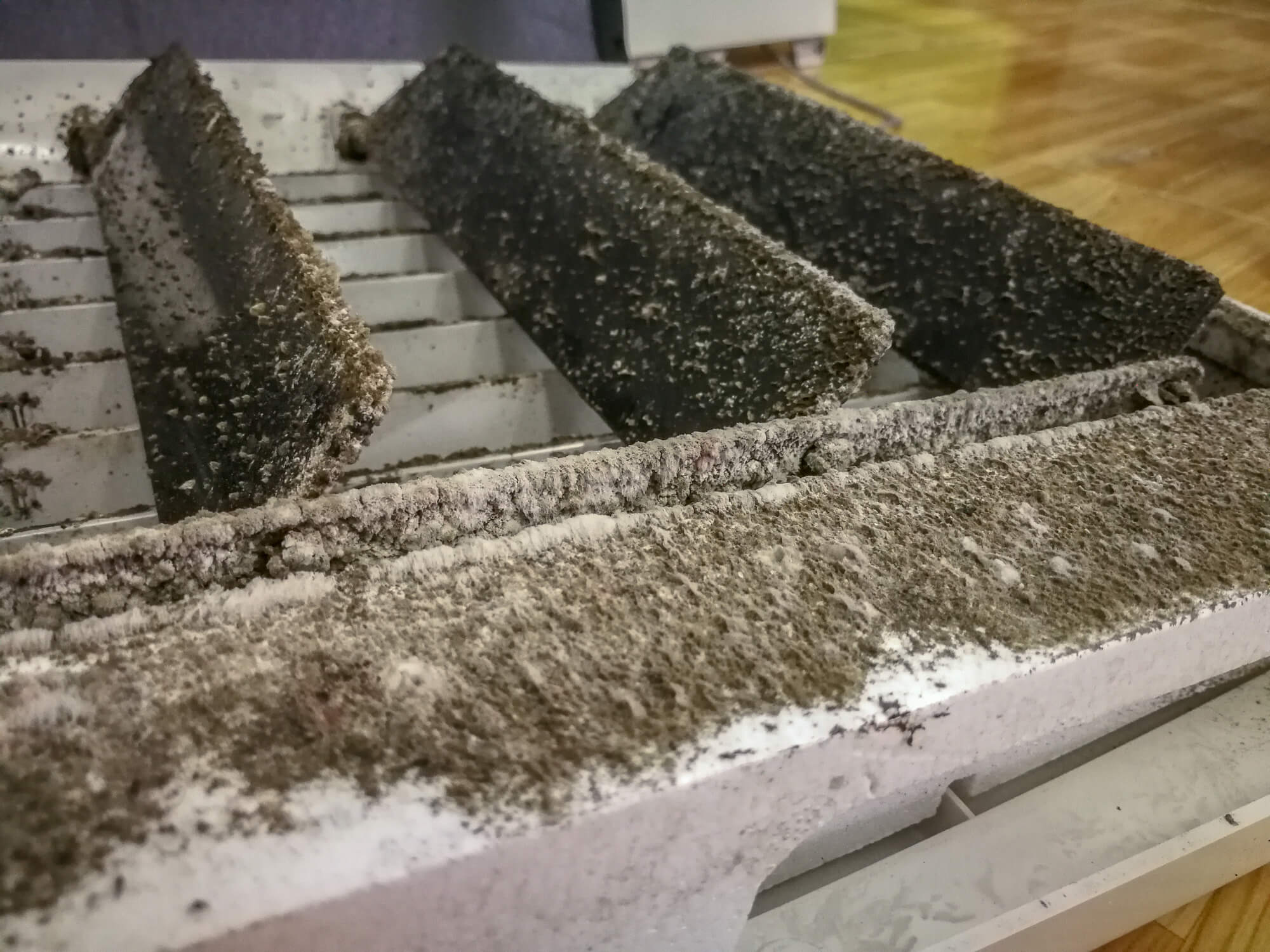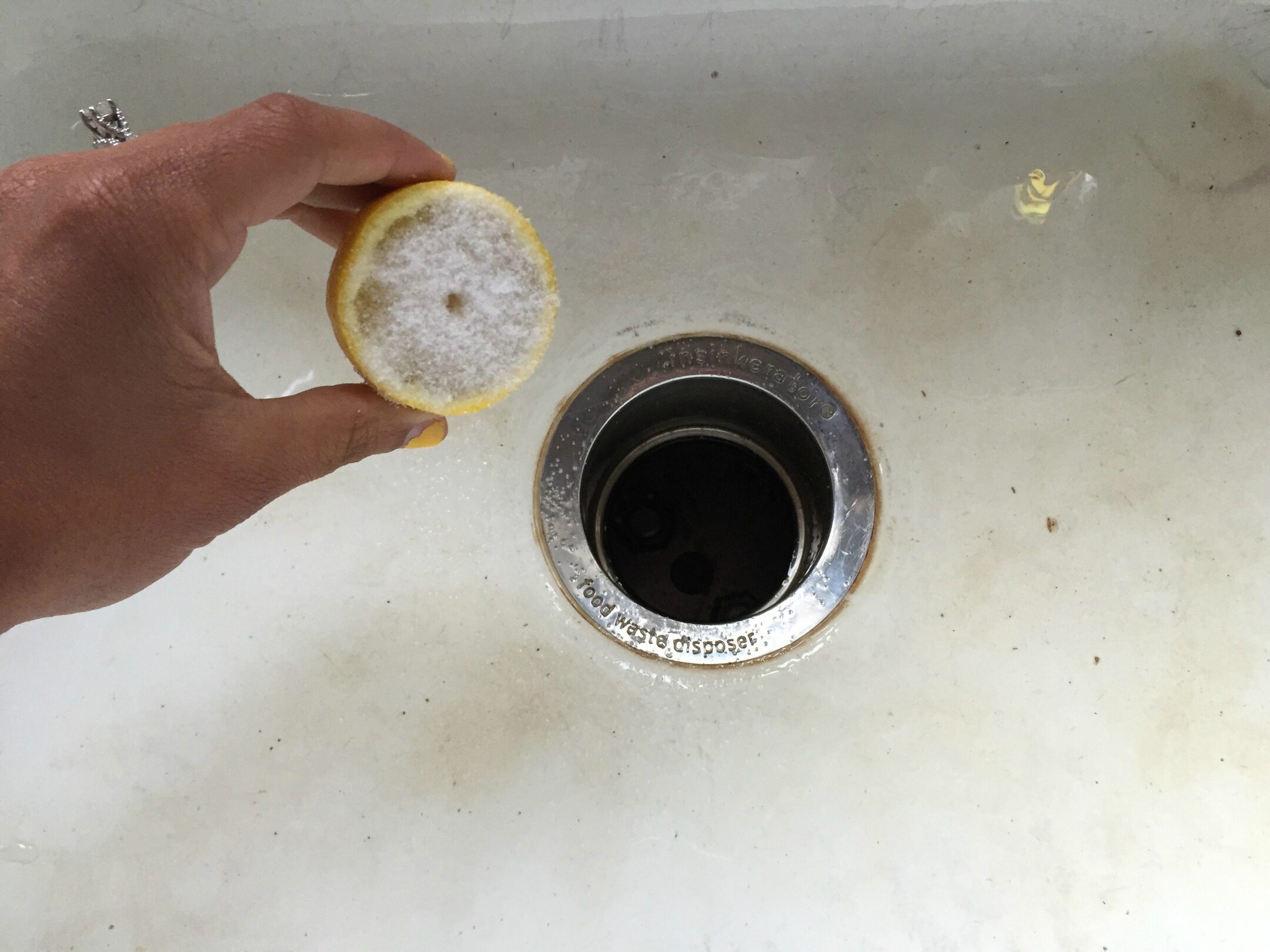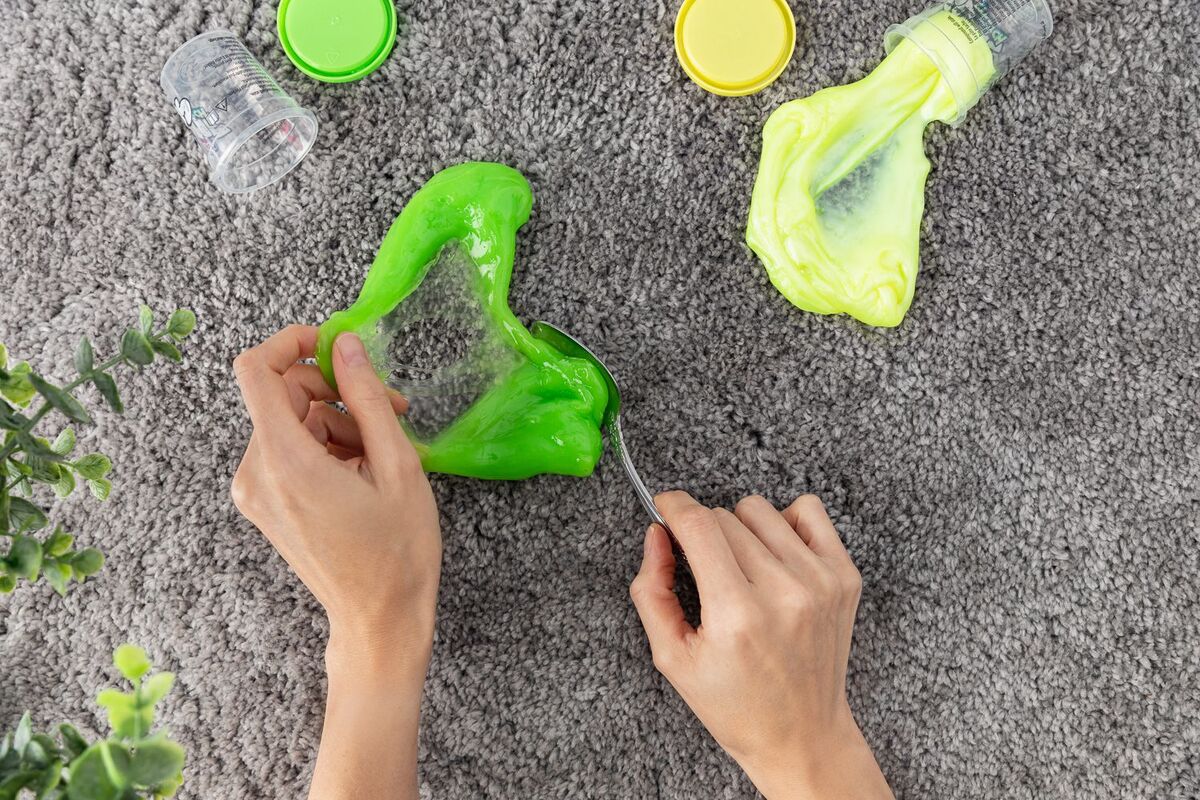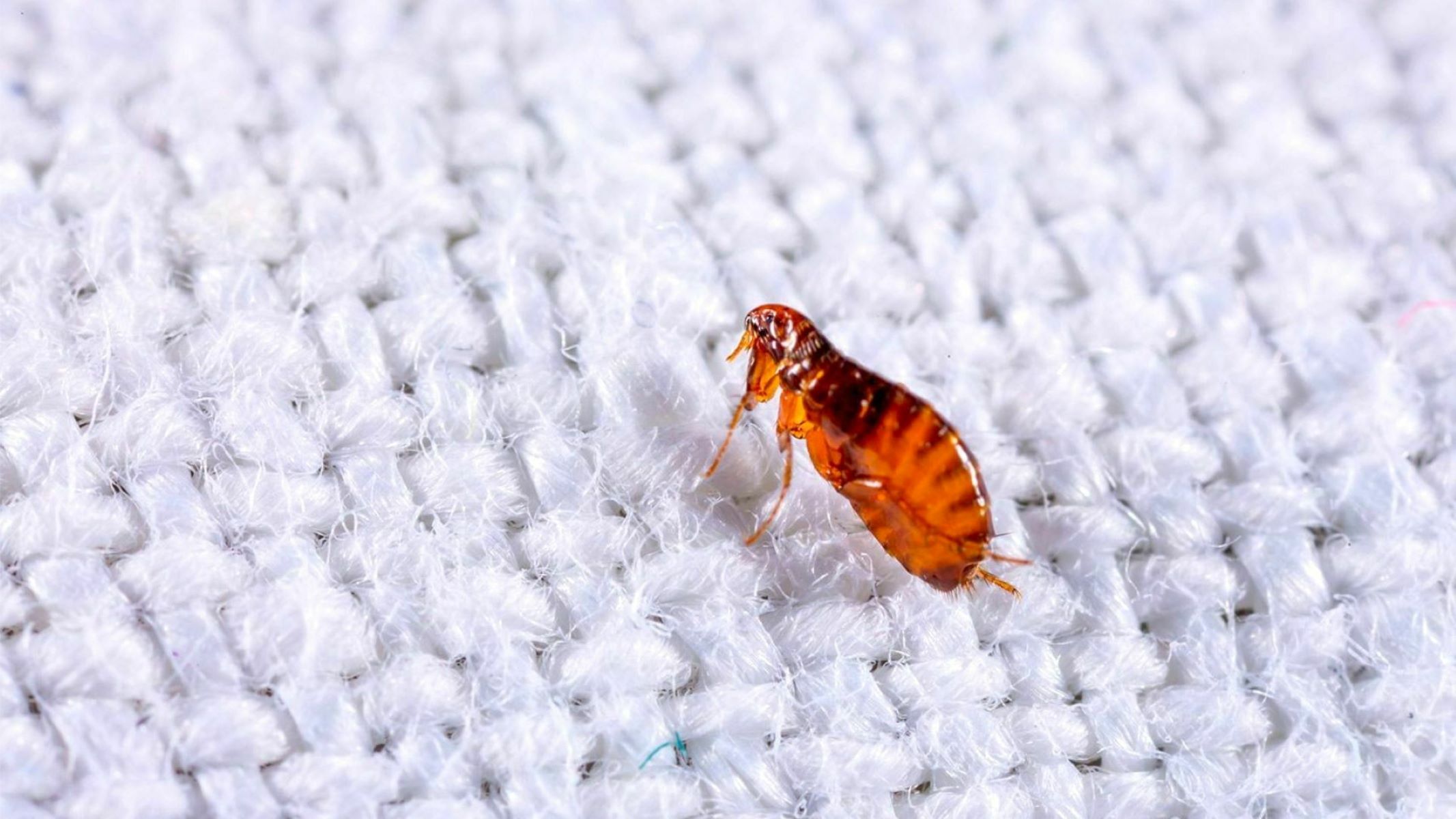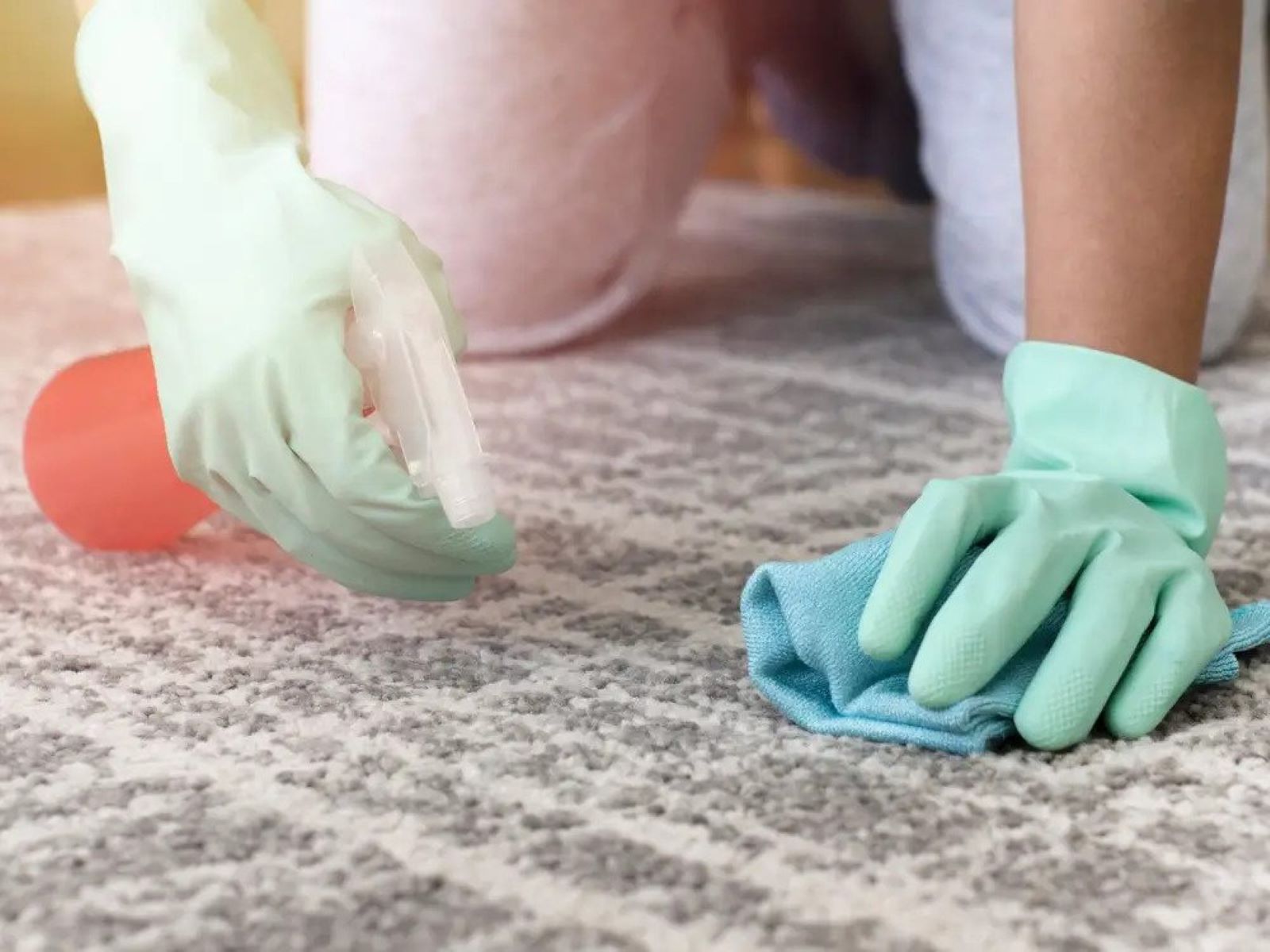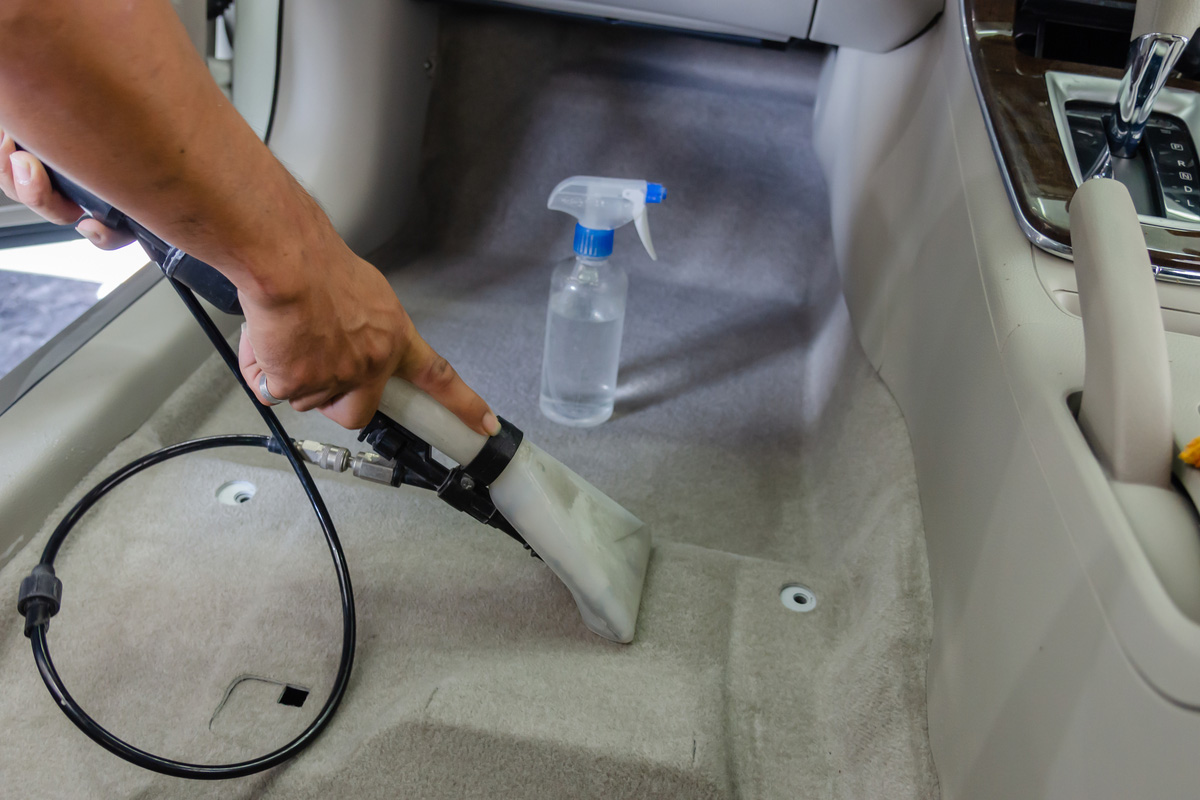

Articles
How To Get Rid Of Mold On A Car Carpet
Modified: February 28, 2024
Learn effective methods to remove mold from your car carpet with these informative articles. Say goodbye to mold and enjoy a clean and fresh interior.
(Many of the links in this article redirect to a specific reviewed product. Your purchase of these products through affiliate links helps to generate commission for Storables.com, at no extra cost. Learn more)
Introduction
Mold growth on a car’s carpet can be a frustrating and unpleasant issue to deal with. Not only does it create an unsightly appearance, but it can also lead to musty odors and potential health problems. Mold thrives in damp and dark environments, making the interior of a car an ideal breeding ground.
If you’re facing a mold problem on your car’s carpet, don’t worry! With the right materials and techniques, you can effectively remove the mold and prevent it from coming back. In this article, we will guide you through the step-by-step process of getting rid of mold on a car carpet.
Key Takeaways:
- Eliminate mold from your car’s carpet by gathering the right materials, removing loose spores, applying a mold cleaner, gentle scrubbing, thorough rinsing, and ensuring complete drying. Prevent future mold growth with regular cleaning and moisture control.
- Maintaining a clean and mold-free car interior involves proactive steps such as thorough cleaning, moisture-absorbing products, and regular inspection for leaks. Following these steps will ensure a hygienic and comfortable driving experience.
Read more: How To Get Rid Of Mildew Smell In Car Carpet
Step 1: Gather the necessary materials
Before you begin cleaning the mold on your car’s carpet, make sure you have all the necessary materials. These include:
- Vacuum cleaner: To remove loose dirt and debris from the carpet.
- Clean, dry cloth or towel: For blotting excess moisture and cleaning.
- Mold/mildew cleaner or solution: Choose a cleaner specifically designed to deal with mold and mildew.
- Soft-bristled brush: To scrub the mold-infected areas without damaging the carpet fibers.
- Water: To rinse off the cleaner and remove any residue.
Having these materials ready will ensure a smooth cleaning process and help you tackle the mold problem effectively.
Step 2: Remove loose mold spores
The first step in the cleaning process is to remove any loose mold spores from the carpet. This can be done by following these steps:
- Vacuum the carpet thoroughly, paying close attention to the mold-affected areas.
- Use a clean, dry cloth or towel to blot any excess moisture on the carpet.
By removing loose dirt and moisture, you create a clean surface to work on and prevent further spread of mold spores.
Step 3: Apply mold/mildew cleaner
Next, it’s time to apply a mold/mildew cleaner or solution to the affected areas of the car carpet. Here’s what you need to do:
- Follow the instructions provided on the cleaner/solution bottle, as different products may have varying application methods.
- Apply the cleaner onto the mold-infected areas, ensuring complete coverage.
- Allow the cleaner to sit for the recommended amount of time, usually a few minutes, to allow it to penetrate and break down the mold.
The cleaner will help kill and loosen the mold, making it easier to remove in the next steps.
Key Takeaways:
- Eliminate mold from your car’s carpet by gathering the right materials, removing loose spores, applying a mold cleaner, gentle scrubbing, thorough rinsing, and ensuring complete drying. Prevent future mold growth with regular cleaning and moisture control.
- Maintaining a clean and mold-free car interior involves proactive steps such as thorough cleaning, moisture-absorbing products, and regular inspection for leaks. Following these steps will ensure a hygienic and comfortable driving experience.
Read more: How To Get Rid Of Mildew Smell In Car Carpet
Step 1: Gather the necessary materials
Before you begin the process of removing mold from your car’s carpet, it’s important to gather all the necessary materials. Having these items on hand will ensure a smooth and effective cleaning process. Here are the materials you will need:
- Vacuum cleaner: A good quality vacuum cleaner is essential for removing loose dirt, debris, and mold spores from the carpet. Make sure your vacuum has a brush attachment or a crevice tool to reach into tight corners and crevices.
- Clean, dry cloth or towel: You’ll need a soft, absorbent cloth or towel to blot excess moisture and clean the carpet. Choose a cloth that is lint-free to avoid leaving behind fibers on the carpet.
- Mold/mildew cleaner or solution: Look for a cleaner specifically designed to remove mold and mildew. You can find these products at hardware stores or online. Alternatively, you can make your own cleaning solution using household ingredients like vinegar, hydrogen peroxide, or baking soda.
- Soft-bristled brush: A soft-bristled brush is ideal for gently scrubbing the mold-infected areas of the carpet. Avoid using stiff brushes or abrasive tools that could damage the carpet fibers.
- Water: You’ll need water for rinsing off the cleaner and removing any residue left behind. Make sure the water is clean and free from any contaminants.
Having these materials ready before you start the cleaning process will save you time and ensure that you have everything you need to effectively remove mold from your car’s carpet.
It’s worth noting that you should always wear protective gloves and a mask when handling mold, as it can cause allergic reactions or respiratory issues in some individuals. Additionally, ensure that the area where you’re working is well-ventilated to prevent the buildup of mold spores in the air.
Now that you have all the necessary materials, you’re ready to move on to the next step: removing loose mold spores from the carpet.
Step 2: Remove loose mold spores
Before you can effectively clean the mold from your car’s carpet, it’s important to remove any loose mold spores. This will help prevent further spreading of the mold and ensure a more thorough cleaning process. Here’s what you need to do:
- Vacuum the carpet thoroughly: Begin by using a vacuum cleaner with a brush attachment or a crevice tool to thoroughly vacuum the carpet. Move the vacuum in slow, overlapping strokes to ensure that you capture as many loose mold spores as possible. Pay extra attention to the mold-infected areas, but make sure to vacuum the entire carpet surface.
- Use a clean, dry cloth or towel to blot any excess moisture: After vacuuming, take a clean, dry cloth or towel and gently blot any excess moisture from the carpet. This is important because mold thrives in damp environments, and removing excess moisture will help create a drier surface for the next steps of the cleaning process.
By vacuuming the carpet and removing excess moisture, you’re effectively eliminating loose mold spores and creating a clean surface to work with. This step is crucial in preventing the further spread of mold during the cleaning process.
Remember to empty the vacuum cleaner bag or canister containing the collected mold spores in a sealed plastic bag and dispose of it properly to prevent the spores from spreading to other areas.
With loose mold spores removed, you’re now ready to move on to the next step: applying a mold/mildew cleaner to the affected areas of the car carpet.
Step 3: Apply mold/mildew cleaner
Now that you have removed the loose mold spores from your car’s carpet, it’s time to apply a mold/mildew cleaner to effectively eliminate the remaining mold and prevent its regrowth. Follow these steps:
- Follow the instructions on the cleaner/solution bottle: Different mold/mildew cleaners may have specific instructions for use. Carefully read and follow the instructions provided on the cleaner bottle to ensure safe and effective application.
- Apply the cleaner onto the affected areas of the car carpet: Using either a spray bottle or a clean cloth soaked in the mold/mildew cleaner, apply the cleaner onto the mold-infected areas of the car carpet. Make sure to cover all visible mold spots and areas where mold growth is evident. Be generous with the cleaner, but avoid saturating the carpet to prevent excess moisture.
- Allow the cleaner to sit for the recommended amount of time: After applying the cleaner, allow it to sit on the carpet for the recommended amount of time specified on the cleaner bottle. This will give the cleaner enough time to penetrate the mold and break it down effectively.
It’s important to note that different mold/mildew cleaners may have varying waiting times. Some may require a few minutes, while others may need longer to work effectively. Patience is key during this step to allow the cleaner enough time to do its job.
By applying a mold/mildew cleaner and letting it sit, you’re effectively eliminating the remaining mold and facilitating its removal in the upcoming steps. The cleaner will break down the mold’s structure, making it easier to scrub away and prevent its regrowth.
Once the recommended waiting time has passed, it’s time to move on to the next step: scrubbing the carpet to remove the mold.
Step 4: Scrub the carpet
With the mold/mildew cleaner applied and given sufficient time to work, it’s now time to gently scrub the mold-infected areas of the car carpet. Follow these steps:
- Use a soft-bristled brush to scrub the mold-infected areas gently: Select a soft-bristled brush, such as a toothbrush or a specialty brush designed for cleaning delicate surfaces. Avoid using stiff brushes or abrasive tools that could damage the carpet fibers. Begin by gently brushing the mold-infected areas of the carpet.
- Work in a circular motion, applying a moderate amount of pressure: While scrubbing, use a circular motion to agitate the mold and remove it from the carpet fibers. Apply a moderate amount of pressure to ensure efficient cleaning. Be careful not to apply excessive force, as it may damage the carpet.
- Repeat the process for stubborn mold spots: Stubborn mold spots may require repeated scrubbing. If you encounter areas that are particularly resistant, continue gently scrubbing with the soft-bristled brush until the mold is completely removed.
Take your time during this step and be thorough in your efforts to ensure that all mold is effectively scrubbed away. Pay close attention to corners, edges, and tight spaces where mold tends to accumulate.
If needed, you can also dip the brush in the mold/mildew cleaner solution or clean water to help loosen and remove stubborn mold spots.
Remember to rinse the brush regularly to prevent the transfer of mold spores from one area to another. You can do this by dipping the brush in clean water and giving it a gentle shake to remove any loosened mold particles.
By scrubbing the carpet gently and diligently, you’ll be able to remove the mold and restore your car’s carpet to a clean and mold-free condition.
Once the scrubbing process is complete, it’s time to move on to step 5: rinsing the carpet to remove any remaining cleaner and residue.
Step 5: Rinse the carpet
After scrubbing the mold-infected areas of the car carpet, it is important to rinse off the mold/mildew cleaner and any residual mold remnants. Follow these steps to effectively rinse the carpet:
- Dampen a clean cloth or sponge with water: Begin by dampening a clean cloth or sponge with clean water. Make sure the cloth is not soaking wet, but just damp enough to facilitate the rinsing process.
- Gently wipe away the excess cleaner from the carpet: Using the damp cloth or sponge, gently wipe away the excess mold/mildew cleaner from the carpet. Start from the areas you have previously scrubbed and work your way towards the untreated areas.
- Repeat as necessary until all residue is removed: Depending on the severity of the mold infestation and the effectiveness of the cleaner, several rounds of rinsing may be required to completely remove all residue. Continue dampening the cloth or sponge with clean water and wiping the carpet until you no longer see any traces of the cleaner or residue.
Take extra care to thoroughly rinse corners, edges, and hard-to-reach areas, as they are more prone to accumulating residue. This step is crucial to ensure that no leftover cleaner or mold particles remain on the carpet.
As you rinse, periodically wring out the cloth or sponge to remove any debris or residue that may have accumulated. This will prevent the transfer of mold spores from one area to another.
Remember to work gently during the rinsing process to avoid damaging the carpet fibers. Harsh scrubbing or excessive rubbing can cause fraying or discoloration. Patience and attention to detail are key to achieving a thoroughly rinsed and clean car carpet.
Once you are confident that all residue has been removed, allow the carpet to air dry completely. Proper ventilation and airflow will help expedite the drying process. Avoid placing any items on the carpet until it is fully dry to prevent moisture buildup and the potential for mold regrowth.
With the carpet rinsed, the next step aims to prevent future mold growth in your car: taking preventive measures.
Read more: How To Get Rid Of Mold In Basement
Step 6: Dry the carpet
After rinsing the car carpet, it is crucial to ensure that it dries completely before using the vehicle or placing any items on it. Here are the steps to effectively dry the carpet:
- Ensure proper ventilation to aid in drying: Good airflow is essential to expedite the drying process. Park your car in a well-ventilated area or open the windows to allow fresh air to circulate.
- Use a fan or open windows to increase airflow: If the weather permits, use a fan or set up a portable fan to increase airflow around the car carpet. This will help to dry the carpet more quickly and reduce the chances of moisture lingering and promoting mold growth.
- Allow the carpet to air dry completely before placing any items on it: Depending on the weather conditions and airflow, the drying process may take several hours or even a day. Be patient and avoid walking on the carpet or placing any items on it until it is completely dry.
During the drying period, periodically check the carpet’s moisture levels by touching the surface. If it feels damp or cool to the touch, it is still in the process of drying and needs more time. It’s important to ensure that the carpet is completely dry to prevent any residual moisture from becoming a breeding ground for mold.
Additionally, keep the car interior well-ventilated even after the carpet has dried to maintain a dry environment and discourage mold growth in the future. Avoid leaving wet or damp items in the car, as they can introduce moisture and increase the risk of mold reinfestation.
By thoroughly drying the carpet, you’re taking proactive steps to prevent any moisture-related issues and ensure a clean and mold-free car interior.
Now that the carpet is dry, let’s move on to the final step: preventing future mold growth in your car.
Step 7: Prevent future mold growth
Once you have successfully removed the mold from your car’s carpet, it is crucial to take preventive measures to minimize the risk of mold growth in the future. Here are the steps you can follow:
- Keep the car clean and free of moisture: Regularly clean your car’s interior to prevent any build-up of dirt, dust, and debris. Vacuum the carpets and upholstery to remove any potential food sources for mold. Additionally, promptly address spills or wet spots to minimize moisture accumulation.
- Use moisture-absorbing products or desiccants to reduce humidity: Consider using moisture-absorbing products such as silica gel packets, moisture absorbers, or desiccants in your car. These products help to reduce humidity levels, preventing the conditions necessary for mold to thrive. Be sure to follow the instructions provided with the products and replace them as recommended.
- Check for any leaks or water entry points in the car: Regularly inspect your car for any signs of leaks or water entry points. Check the windows, sunroof, door seals, and any other areas where water may seep into the car’s interior. Address any issues promptly and ensure that these areas are properly sealed and waterproofed to prevent moisture from entering.
By following these preventive measures, you can create an environment that is less conducive to mold growth in your car. These steps, coupled with regular cleaning and maintenance, will help keep your car’s interior clean, dry, and mold-free.
Remember, vigilance is key when it comes to preventing mold. Regularly inspect your car for any signs of mold or moisture, especially in areas that are prone to dampness. By catching any potential issues early on, you can address them promptly and prevent the spread of mold.
By implementing these preventive measures, you can enjoy a clean and mold-free car interior for a long time to come.
With these steps, you have successfully learned how to get rid of mold on a car carpet and prevent its recurrence. By following the proper cleaning techniques and taking preventive measures, you can maintain a hygienic and healthy car interior.
Remember, if the mold problem persists or is extensive, it is recommended to seek professional assistance to ensure thorough mold removal and restoration of a safe environment.
Conclusion
Dealing with mold on a car’s carpet can be a frustrating and challenging task, but with the right techniques and preventive measures, you can successfully eliminate the mold and keep your car’s interior clean and mold-free.
In this guide, we have covered step-by-step instructions on how to remove mold from a car carpet. From gathering the necessary materials to rinsing and drying the carpet, each step is crucial in effectively eliminating mold and preventing its regrowth.
Remember to gather the necessary materials, including a vacuum cleaner, clean cloth, mold/mildew cleaner, soft-bristled brush, and water. Removing loose mold spores by thorough vacuuming and blotting excess moisture is a crucial first step. Applying a mold/mildew cleaner and allowing it to sit helps break down the mold, making it easier to scrub away.
Scrubbing the carpet gently with a soft-bristled brush in a circular motion helps remove the mold, and rinsing the carpet thoroughly removes any remaining cleaner and residue. Finally, ensuring proper ventilation and allowing the carpet to air dry completely helps prevent any lingering moisture that could lead to future mold growth.
To prevent future mold growth, it is important to keep the car clean and free of moisture. Regular cleaning, using moisture-absorbing products, and checking for leaks or water entry points in the car are key preventive measures to adopt.
By following these steps and incorporating preventive measures, you can maintain a clean and mold-free environment in your car. Regular maintenance and vigilance are essential in keeping your car’s interior fresh, hygienic, and free of mold.
If the mold problem persists or is extensive, it is recommended to seek professional assistance to ensure thorough mold removal and restoration of a safe environment.
Remember, a clean and mold-free car interior not only enhances the aesthetics of your vehicle but also promotes a healthier and more comfortable driving experience for you and your passengers.
Implement these steps, take preventive measures, and enjoy a clean and mold-free car interior for years to come!
Frequently Asked Questions about How To Get Rid Of Mold On A Car Carpet
Was this page helpful?
At Storables.com, we guarantee accurate and reliable information. Our content, validated by Expert Board Contributors, is crafted following stringent Editorial Policies. We're committed to providing you with well-researched, expert-backed insights for all your informational needs.
